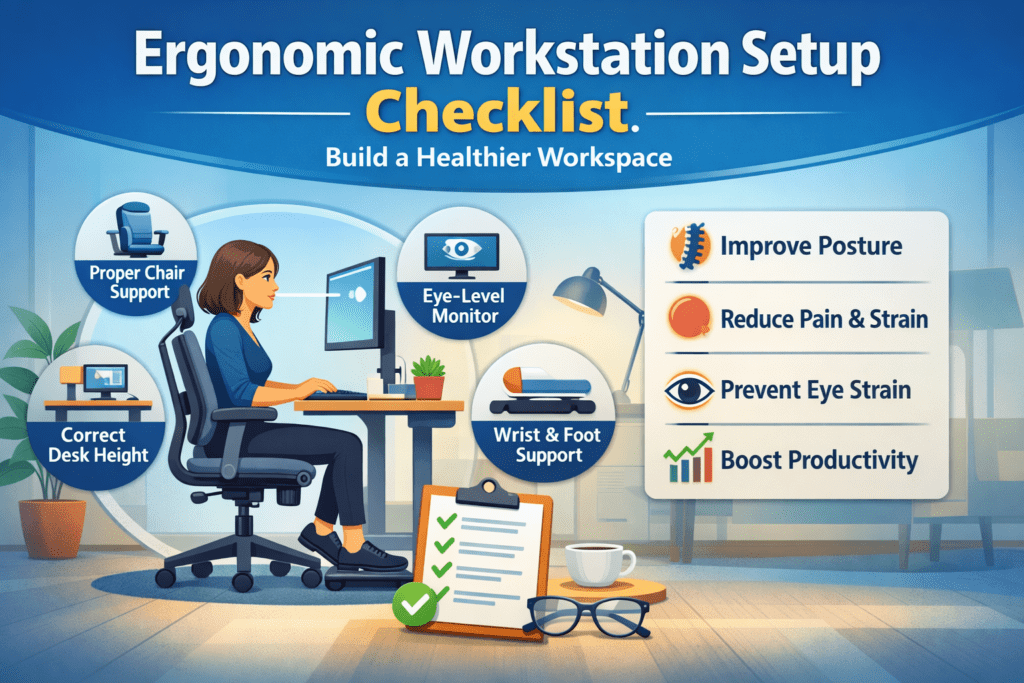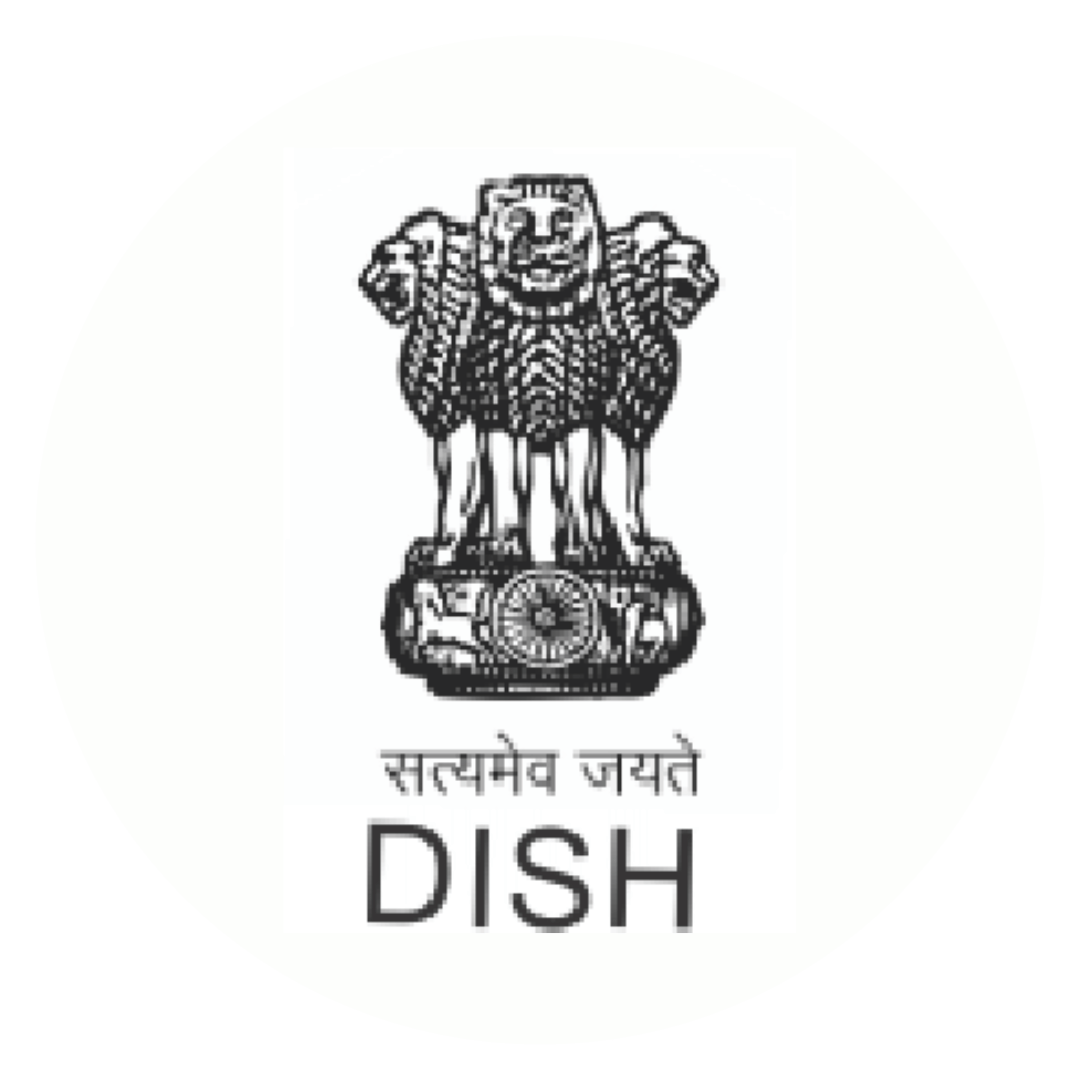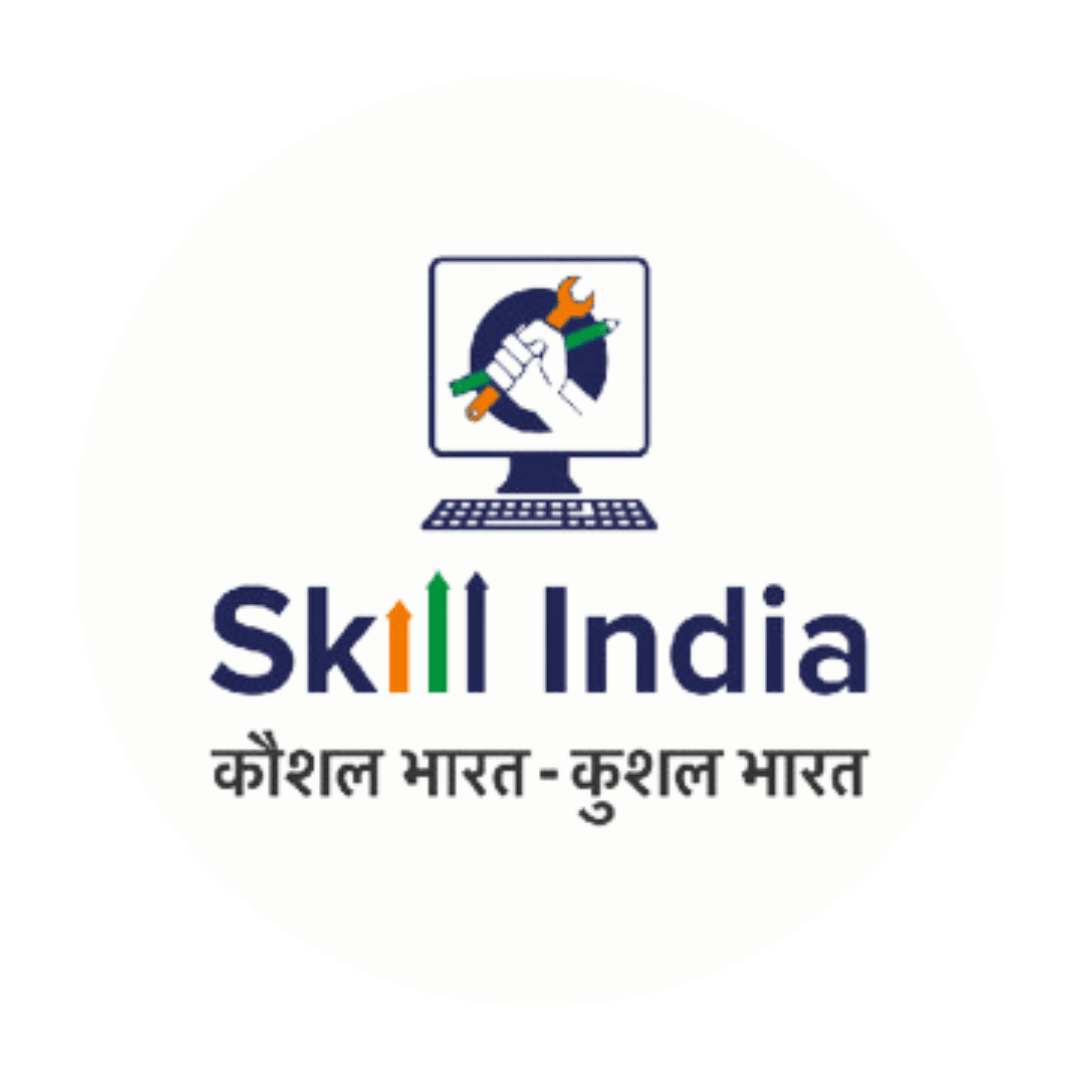Audits & Inspections: Enhancing Safety and Compliance in Industry
Audits & Inspections are critical components of industrial safety management. These processes help organizations ensure compliance with legal requirements, identify risks, and improve workplace safety and operational efficiencies. Conducting regular audits and inspections is not just a regulatory requirement but a proactive strategy to safeguard assets, lives, and the environment.
Table of Contents
- Introduction to Audits and Inspections
- Understanding Different Types of Audits
- External Audits
- Internal Audits
- Compliance Audits
- Financial Audits
- The Role of Internal Audits
- Planning and Conducting Audits
- Key Benefits of Regular Audits & Inspections
- Challenges in Audits & Inspections
- How Technology is Shaping Modern Audits

1. Introduction to Audits and Inspections
Audits and inspections serve as the linchpins in enhancing transparency and accountability within an organization. They are designed to ensure compliance with laws and standards, thereby safeguarding the integrity and reliability of organizational processes. These systematic reviews are essential for evaluating the effectiveness of operational controls, identifying discrepancies, and proposing improvements.
The role of audits and inspections extends beyond mere compliance. They also foster a culture of diligence and thoroughness that can significantly increase an organization’s operational efficiency. By highlighting areas of concern and providing actionable insights, these processes enable businesses to proactively manage risks, optimize performance, and ensure continuous improvement.
Moreover, regular audits and inspections can enhance stakeholder confidence. Investors, regulatory bodies, customers, and employees alike gain assurance when they know an organization is committed to maintaining high standards of governance and oversight. This confidence can be pivotal in attracting and retaining investment, enhancing market reputation, and building a loyal customer base.
In essence, audits and inspections are not just compliance exercises; they are strategic tools that help organizations stay aligned with their goals and values while adapting to changing regulatory environments and market demands. Through these efforts, businesses not only comply with necessary regulations but also position themselves for sustainable growth and success.
2. Understanding Different Types of Audits
Audits come in various forms, each designed to address specific areas of an organization’s operations.
2.1 External Audits :-
External audits are conducted by independent entities to ensure that an organization’s financial statements and operations are represented fairly. They provide stakeholders with an objective assessment of the organization’s compliance with accounting standards and regulations.
2.2 Internal Audits
Internal audits are crucial in identifying internal issues before they escalate into serious problems. These audits are conducted by the organization’s own staff to review compliance, performance, and risk management. They are instrumental in fostering continuous improvement and strategic management.
2.3 Compliance Audits
These audits specifically focus on how well an organization adheres to regulatory guidelines. Compliance audits protect organizations from fines and legal penalties by ensuring all regulations are strictly followed.
2.4 Financial Audits
Financial audits examine the accuracy and completeness of an organization’s financial records. They help in detecting discrepancies, fraud, or misrepresentations that could impact stakeholders’ trust.
3. The Role of Internal Audits
3.1 Definition and Importance
Internal audits are indispensable to the framework of industrial safety and compliance. These evaluations serve a dual purpose: ensuring adherence to laws and standards and fostering an environment of continuous improvement. By providing management with a neutral analysis of operations, internal audits reveal both strengths and shortcomings within the organization.
At their core, internal audits aim to verify the effectiveness of an organization’s internal controls, risk management, and governance processes. They assess whether the current systems are adequate and functioning as intended. This scrutiny extends to all corners of the organization, from financial practices to operational safety protocols.
3.2 Steps Involved in Conducting Internal Audits
A systematic approach to internal audits involves several key phases:
- Planning
- Execution
- Reporting
- Follow-Up
3.3 Best Practices for Effective Internal Audits
Effective internal audits also help organizations prepare for external reviews by regulatory bodies. By identifying and correcting issues internally, businesses can avoid potential fines, penalties, or reputational damage arising from external audits. Moreover, these audits provide valuable insights into operational efficiencies, offering opportunities to improve productivity and reduce waste.
- Ensure independence and objectivity.
- Maintain a clear and updated understanding of audit standards.
- Communicate openly with various departments.
- Foster a culture of continuous improvement.
Ultimately, internal audits are not just about finding faults; they are about building a better organization. They encourage a culture where feedback is valued and used as a tool for growth and innovation. In doing so, internal audits contribute significantly to an organization’s resilience and adaptability, ensuring that it remains competitive and compliant in a rapidly changing industrial landscape.
4. The Role of Inspections in Audits
Inspections serve as a crucial tool in the audit process, particularly in the realm of operational compliance and safety. While audits provide a broad, systematic review and assessment of compliance with standards, policies, and procedures, inspections are more focused, frequent, and detail oriented. They play a vital role in ensuring that daily operations adhere to the standards and guidelines established during audits.
Purpose and Frequency
Inspections are designed to be conducted more frequently than audits. This regularity helps maintain a continuous oversight over operations, ensuring any deviations from established standards are identified and corrected promptly. For instance, in a manufacturing environment, safety inspections might be conducted on a weekly basis to check the condition and proper use of machinery.
Focus Areas
Inspections often target critical areas that have direct implications for safety, quality, and environmental impact:
– Safety Protocols: Inspections verify that safety measures are actively maintained and adhered to in daily operations. This includes checking the use of personal protective equipment (PPE), the implementation of safety signage, and the proper maintenance of emergency exits and equipment.
– Quality Control: Regular inspections ensure that products meet quality standards consistently. This involves checking the calibration of instruments, adherence to operational procedures, and the final quality of products.
– Environmental Compliance: Inspections help monitor the environmental impact of operations, ensuring compliance with regulations related to waste management, emissions, and hazardous materials.
Inspection Process
The inspection process typically involves several key steps:
– Preparation: Inspectors review relevant audit reports, standards, and regulatory requirements to understand the specific areas of focus. Preparation also involves gathering necessary tools and equipment for measurement and analysis.
– Observation: During the inspection, inspectors closely observe processes, conduct tests, and record data. This hands-on assessment is crucial for verifying that operational practices comply with established standards.
– Interviews: Inspectors may also speak with staff to gather insights about their daily practices and challenges. These discussions can reveal gaps between written procedures and actual practice.
– Reporting: After the inspection, a report is drafted which outlines the findings, including any non-compliance issues. The report provides a factual basis for corrective actions and is often shared with both management and the audit team.
Integration with Audits
Inspections and audits are interrelated processes that reinforce each other. Inspections provide immediate, ongoing checks on compliance and operational practices, feeding valuable real-time data back into the audit process. This integration allows organizations to:
– Refine Audit Focus: Regular inspection results can highlight areas of risk or non-compliance, helping to prioritize these areas in future audits.
– Continuous Improvement: The cycle of inspections and audits fosters a culture of continuous improvement. By regularly identifying and addressing issues, organizations can evolve their practices to achieve higher standards of safety and efficiency.
– Strengthen Compliance: Frequent inspections help maintain a high level of compliance and readiness for external audits, reducing the risk of non-compliance penalties.
Ultimately, the role of inspections within the framework of audits is to ensure that the safety and operational protocols are not only designed effectively but are also being executed properly on the ground. This dynamic and practical approach helps organizations maintain high standards and adapt quickly to new challenges and regulations.
5. Planning and Conducting Audits
Effective planning and execution of audits are foundational to achieving robust compliance and ensuring safety in industrial settings. The entire audit process, from inception to follow-up, requires meticulous attention to detail and strategic foresight.
Planning Stage
The initial phase of planning an audit is critical and involves several key activities:
- Defining Objectives: Clearly articulating the purpose of the audit helps align the team’s efforts. Objectives could range from verifying compliance with specific regulations to assessing the effectiveness of safety protocols.
- Determining Scope: The scope outlines the boundaries of the audit, detailing what processes, departments, or locations will be examined. It ensures that the audit remains focused and manageable.
- Setting Criteria: The criteria are the benchmarks against which the audit evidence is compared. These might include industry standards, company policies, or legal requirements.
- Resource Allocation: Allocating adequate resources, including personnel and tools, is essential. This ensures that the audit team has everything necessary to complete their tasks efficiently.
- Team Selection: Choosing the right mix of skills and expertise for the audit team is crucial. The team should have a comprehensive understanding of the audit subjects and the necessary auditing skills.
Conducting the Audit
With a solid plan in place, conducting the audit involves several systematic steps:
- Preparation: The audit team prepares detailed checklists and gathers background information to streamline the audit process. This might include previous audit reports, operational data, and relevant documentation.
- Fieldwork: Auditors perform the actual evaluation during this phase. They observe operations, conduct interviews, and gather data. This hands-on assessment is critical to understanding the actual practices versus documented policies.
- Evidence Collection: Gathering tangible evidence is key to substantiating findings. Auditors collect documents, logs, and records that support their observations and conclusions.
Reporting and Follow-Up
Once the fieldwork is completed, the next steps are crucial for the audit’s success:
- Reporting: The audit team compiles a comprehensive report detailing the findings, including both compliance gaps and areas of good practice. This report should be clear, objective, and constructive, providing actionable recommendations for improvement.
- Discussion: The findings are usually discussed in a meeting with management. This dialogue is essential for understanding the context of the findings and planning corrective actions.
- Action Plan: Based on the audit findings and the discussions, an action plan is formulated. This plan outlines the steps needed to address the deficiencies identified during the audit.
- Implementation: The responsible parties take necessary corrective actions to address the issues highlighted in the audit report.
- Follow-Up Audits: Follow-up audits may be scheduled to ensure that corrective actions were effective and that they are being maintained.
Effective communication throughout the audit process and during the follow-up phase is critical. It ensures that all parties understand the findings, agree on the solutions, and are committed to implementing changes. Additionally, regular updates and check-ins can help keep the momentum going and demonstrate the organization’s commitment to continuous improvement and compliance.
6. Key Benefits of Regular Audits & Inspections
Regular audits and inspections are essential for maintaining high standards in industrial safety and compliance. These processes not only ensure enhanced regulatory compliance and improved risk management but also boost operational efficiency across departments. They facilitate better management of change by allowing organizations to adapt quickly to new laws and technologies. Furthermore, these practices strengthen corporate governance by promoting transparency and accountability. Most importantly, they cultivate an enhanced safety culture by ingraining safety as a core organizational value, thereby reducing accidents and improving overall workplace safety.
7. Challenges in Audits & Inspections
Conducting effective audits and inspections poses several challenges that organizations must navigate to maintain compliance and enhance safety:
- Keeping Up with Changing Regulations: Regulatory landscapes are continually evolving. Staying updated with these changes and implementing them into operational practices can be demanding and resource-intensive.
- Managing Complex Information Systems: As businesses expand, so does the complexity of their information systems. Auditors need to understand and assess these systems, which requires specialized knowledge and constant learning.
- Ensuring Unbiased Reporting: Objectivity is crucial in audits. Ensuring that findings are reported without bias and that corrective actions are impartially implemented can be challenging, particularly in environments where internal politics or conflicts of interest may exist.
- Dealing with Resistance Within the Organization: Resistance to audits and changes suggested by inspections is common. This can stem from a misunderstanding of the purposes of these evaluations or a fear of negative outcomes. Overcoming this resistance requires effective communication and engagement strategies.
8. Implementing Audit Recommendations
Implementing audit recommendations is crucial for closing the loop in the audit process. Organizations should prioritize these recommendations to mitigate risks, enhance efficiency, and improve compliance with established standards and regulations. This can be done either by re-strategizing internally or incorporating external advisory & expert services.
9. How Technology is Shaping Modern Audits
The integration of technology into auditing processes has significantly enhanced their efficiency and effectiveness:
- Digital Tools and Software: Automated tools assist in scheduling and conducting audits, streamline data collection, and improve the accuracy of audit reports.
- Data Analytics: Advanced analytics help auditors identify patterns and predict risk areas, allowing organizations to proactively address potential issues before they escalate.
- Remote Auditing Capabilities: Technologies such as remote sensing and digital communication platforms enable auditors to perform certain aspects of their work remotely, increasing flexibility and reducing response times.
- Continuous Auditing: Modern systems allow for ongoing audits and real-time monitoring, providing a more dynamic assessment of an organization’s compliance and performance.
10. Conclusion
Audits and inspections are indispensable tools in the arsenal of industrial safety and compliance. They offer a myriad of benefits, from ensuring regulatory compliance and improving risk management to enhancing operational efficiency and safety culture. However, the challenges these processes present, such as staying abreast of regulatory changes and managing complex systems, require robust strategies and effective use of technology. The evolving landscape of technology in audits offers promising solutions to overcome these challenges, making audits more precise, efficient, and adaptable. By embracing these advancements and addressing the inherent challenges, organizations can not only meet but exceed standards, safeguarding their operations and setting new benchmarks in industrial safety and compliance, thereby fostering a positive safety culture in Industries.
Share Blog
Recent Posts:
FAQ's
An audit is a comprehensive review and evaluation of an organization's adherence to regulatory guidelines, while an inspection is a more frequent, targeted check to ensure that daily operations comply with the established standards and procedures.
The frequency of internal audits can vary depending on the organization's size, complexity, and industry requirements. Typically, they are conducted annually, but areas with higher risks may require more frequent audits.
Internal audits are usually conducted by personnel trained in audit techniques and standards within the organization. Some organizations may also hire external experts to ensure objectivity and adherence to the latest standards.
The main objectives of compliance audits are to verify that the organization is following laws, regulations, and internal guidelines, and to identify areas where compliance can be improved to mitigate risks and penalties.
Various tools such as audit management software, digital checklists, and analytics platforms assist in scheduling, conducting, and reporting audits and inspections. These tools help ensure accuracy, consistency, and efficiency in the audit process.
Organizations prepare for external audits by conducting thorough internal audits, ensuring documentation is complete and up-to-date, training staff on compliance requirements, and correcting any identified issues in advance of the external audit.
Consequences of failing an audit can include legal penalties, fines, reputational damage, and sometimes, operational shutdown. Failure may also lead to increased scrutiny in future audits.
Technology can enhance the audit process by automating data collection and reporting, providing analytics for risk assessment, facilitating remote audits, and allowing for continuous monitoring, thereby increasing the efficiency and effectiveness of audits.
An effective auditor needs skills in critical thinking, attention to detail, effective communication, understanding of applicable laws and standards, and proficiency in audit techniques and technologies.
Internal auditing identifies areas of non-compliance and inefficiency, provides recommendations for improvements, and helps monitor the implementation of these improvements. This ongoing process encourages a culture where continual enhancement of processes, compliance, and controls is valued and implemented.












